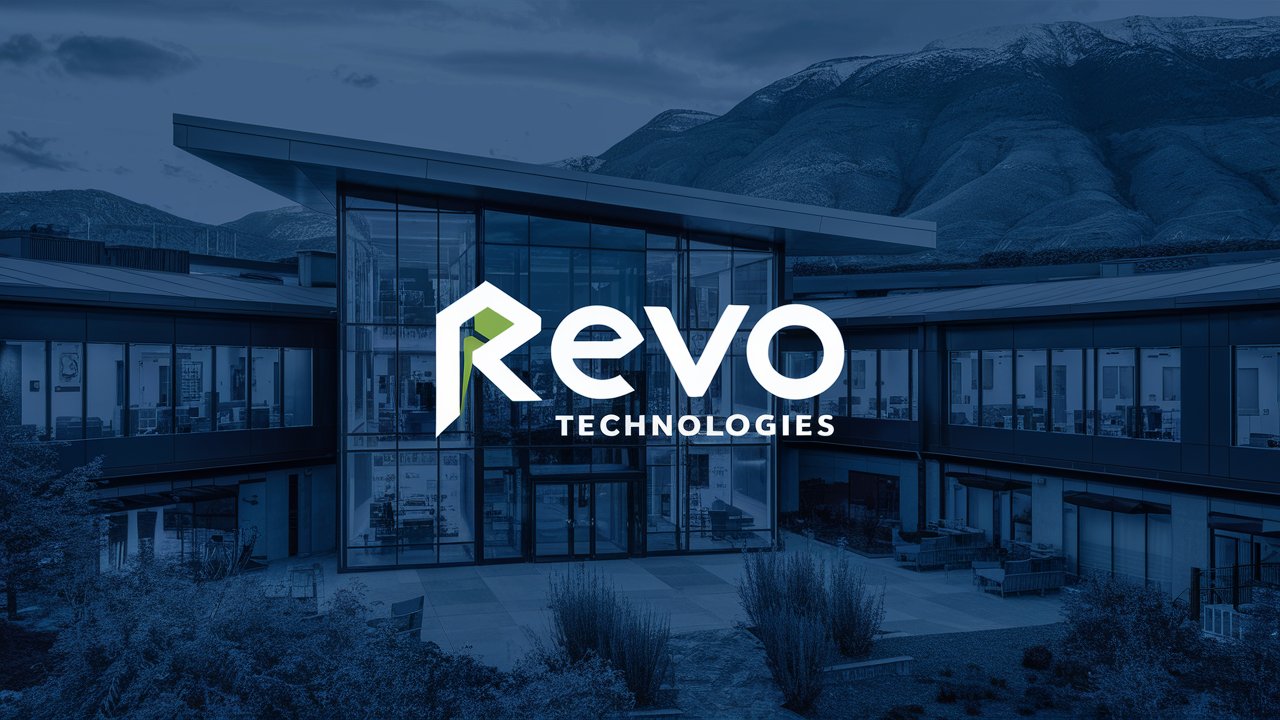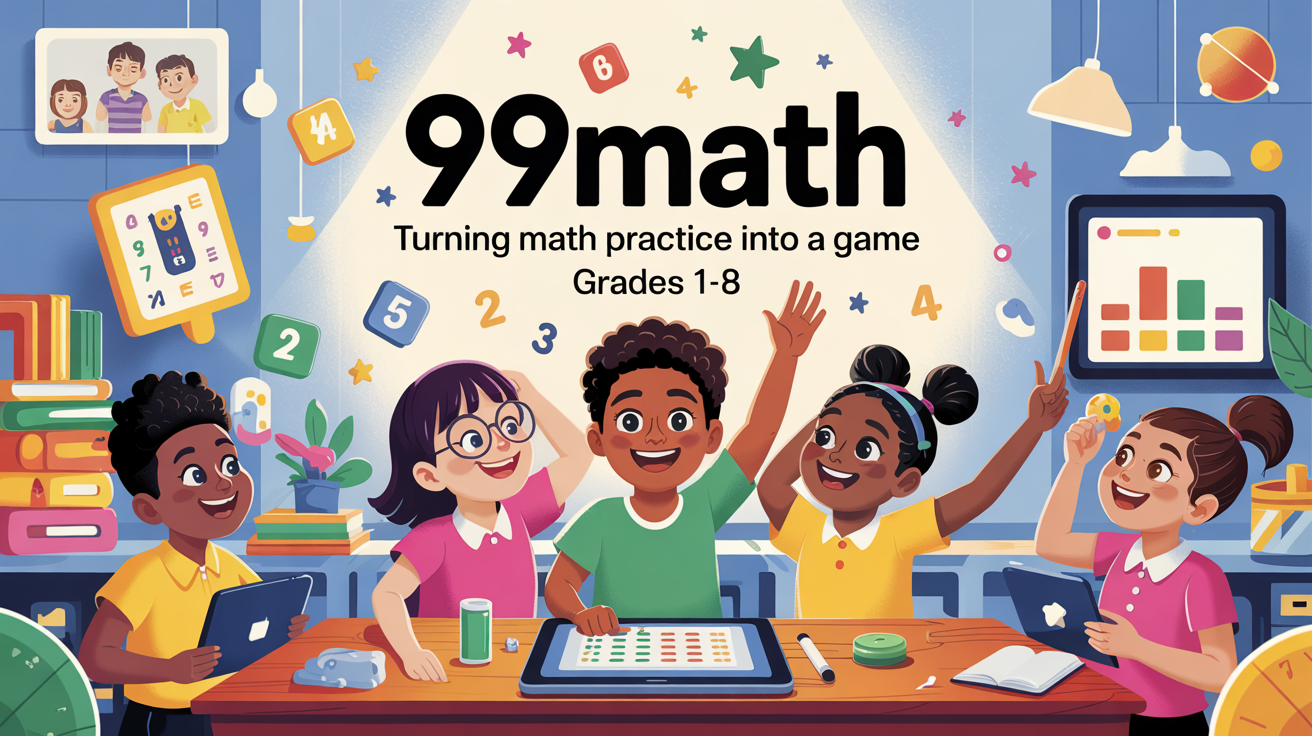AI insights in media mean using smart computer tools to study data from different media sources. These tools help businesses understand what people like, how they behave, and what trends are popular.
For example, AI can look at social media posts, website visits, or video views to find patterns humans might miss. This helps companies make better choices about where to advertise, what content to create, or how to talk to their audience.
Understanding DualMedia Strategies
DualMedia means using two types of media together to reach more people. This could be mixing digital media (like websites or apps) with traditional media (like TV or newspapers). For example, a company might run a TV ad and pair it with a social media campaign.
The goal is to connect with audiences in different places, making the message stronger. DualMedia works because people today switch between devices and platforms often. A combined approach keeps the brand visible everywhere.
How AI Enhances DualMedia Approaches
AI makes DualMedia strategies smarter. Here’s how:
Data Analysis
AI tools collect data from both media types quickly. They show which ads perform best on TV versus online.
Pattern Finding
AI spots trends, like if a YouTube ad leads more people to visit a store.
Predictions
AI guesses future trends. If a holiday campaign worked last year, AI might suggest repeating it with small changes.
Personalization
AI helps tailor ads. For example, if someone watches a TV ad for shoes, they might see a related Instagram ad later.
Benefits of Using AI in DualMedia Campaigns
Better Targeting
AI finds the right audience for each media type. A car company might use TV ads for older adults and TikTok videos for younger buyers.
Saves Money
AI stops wasting budgets on ads that don’t work. If a billboard isn’t driving sales, AI suggests shifting funds to radio spots.
Real-Time Changes
AI adjusts campaigns instantly. If a Facebook ad is getting clicks, AI can boost its budget automatically.
Stronger Results
Combining media types with AI can increase sales, website traffic, or brand recognition faster than using one media type alone.
Challenges and Solutions in AI-Driven DualMedia
Data Privacy
Collecting data from multiple sources can risk customer privacy. Fix: Use AI tools that follow laws like GDPR and hide personal details.
Complex Setup
Merging data from TV, radio, and online can be tricky. Fix: Work with tech partners who specialize in data integration.
Skill Gaps
Teams might not know how to use AI tools. Fix: Train staff or hire experts to manage the AI systems.
Overload
Too much data can confuse teams. Fix: Let AI highlight only the most important insights in simple reports.
Real-World Examples of AI in DualMedia Success
A coffee chain used AI to study TV ad times and mobile app usage. They found that airing TV ads during morning shows led to more app orders for afternoon pickups. Sales rose by 20%.
A fashion brand combined Instagram stories with radio ads. AI noticed that listeners who heard the radio ad were 3x more likely to click Instagram links. They shifted more budget to radio, increasing website visits by 35%.
Future Trends in AI and DualMedia Integration
Voice Search Optimization
As more people use devices like Alexa, AI will help brands create voice ads that pair with visual media (like YouTube).
AI-Generated Content
Tools like ChatGPT might write radio scripts or social media posts that match the brand’s TV ads.
Cross-Platform Tracking
AI will better track users across devices. For example, someone who sees a billboard might later get a targeted email, with AI linking the two interactions.
Ethical AI
More focus on fairness. AI tools will check if ads exclude certain groups and suggest fixes.
By using AI insights in DualMedia strategies, businesses can stay ahead in a fast-changing world. The key is to start small, focus on clear goals, and keep learning as technology grows.




